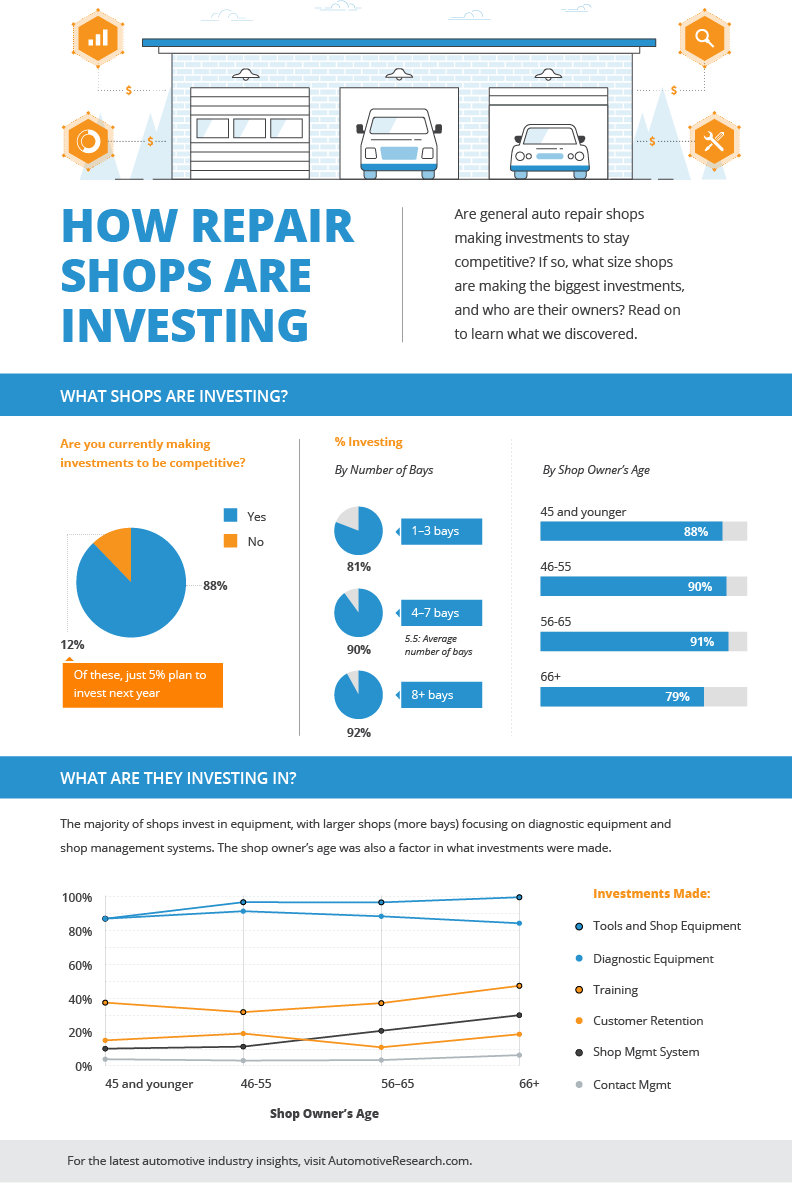Interpreting Your Automobile'S Alert Lights: Their True Implications
Interpreting Your Automobile'S Alert Lights: Their True Implications
Blog Article
Post Writer-Hartley Forbes
When you're behind the wheel, those radiant warning lights on your dashboard can be a little bit perplexing. Do you understand what they're trying to tell you concerning your auto's wellness? Recognizing the relevance of these lights is crucial for your safety and the longevity of your automobile. So, the next time one of those lights pops up, would not you wish to decode its message properly and take the essential steps to resolve it?
Common Warning Lighting and Interpretations
Determine usual warning lights in your cars and truck and recognize their definitions to make certain safe driving.
The most typical caution lights consist of the check engine light, which signifies problems with the engine or discharges system. If this light begins, it's vital to have your vehicle examined immediately.
The oil pressure advising light shows low oil stress, requiring instant attention to avoid engine damages.
A flashing battery light might recommend a defective billing system, possibly leaving you stranded if not addressed.
The tire pressure tracking system (TPMS) light alerts you to reduced tire pressure, impacting automobile security and gas efficiency. Ignoring https://brakes-near-me51738.blogoxo.com/31342189/extensive-interview-finest-practices-exposed-by-a-specialist-car-detailer can bring about risky driving problems.
The ABS light shows an issue with the anti-lock stopping system, jeopardizing your ability to quit rapidly in emergency situations.
Lastly, the coolant temperature level warning light warns of engine overheating, which can cause severe damage otherwise dealt with promptly.
Recognizing these usual warning lights will certainly help you deal with concerns quickly and maintain risk-free driving conditions.
Significance of Prompt Attention
Comprehending the typical warning lights in your automobile is just the primary step; the significance of promptly attending to these warnings can't be emphasized sufficient to ensure your safety when traveling.
When a caution light brightens on your dashboard, it's your automobile's method of communicating a potential problem that requires focus. Overlooking these warnings can bring about much more serious troubles down the road, jeopardizing your safety and security and possibly costing you much more in repairs.
Motivate interest to alerting lights can stop failures and crashes. For example, a blinking check engine light might suggest a misfire that, if left ignored, could trigger damages to the catalytic converter. Resolving this immediately can conserve you from a pricey fixing.
In a similar way, a brake system cautioning light may indicate reduced brake liquid or used brake pads, important elements for your safety and security when driving.
Do It Yourself Troubleshooting Tips
If you discover a caution light on your dashboard, there are a couple of DIY repairing ideas you can attempt before seeking expert aid.
The primary step is to consult your car's handbook to comprehend what the details caution light suggests. Occasionally the concern can be as easy as a loosened gas cap activating the check engine light. Tightening up the gas cap might resolve the trouble.
https://wtop.com/montgomery-county/2022/04/gaithersburg-auto-shop-destroyed-in-saturday-fire/ is a low battery, which can cause different alerting lights. Checking the battery links for corrosion and guaranteeing they're secure may repair the problem.
If a caution light lingers, you can attempt resetting it by detaching the auto's battery for a couple of minutes and then reconnecting it. Additionally, checking your car's liquid degrees, such as oil, coolant, and brake fluid, can aid troubleshoot cautioning lights related to these systems.
Final thought
Finally, recognizing your automobile's caution lights is necessary for keeping your lorry running efficiently and securely. By immediately resolving these signals and understanding what they indicate, you can stay clear of costly repairs and potential malfunctions.
Bear in mind to consult your cars and truck's guidebook for certain details on each cautioning light and do something about it accordingly to ensure a hassle-free driving experience.
Remain notified, stay risk-free on the road!
